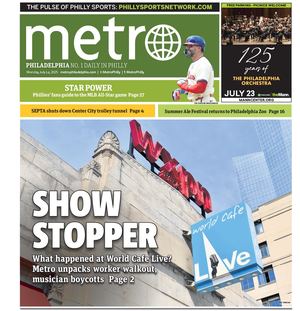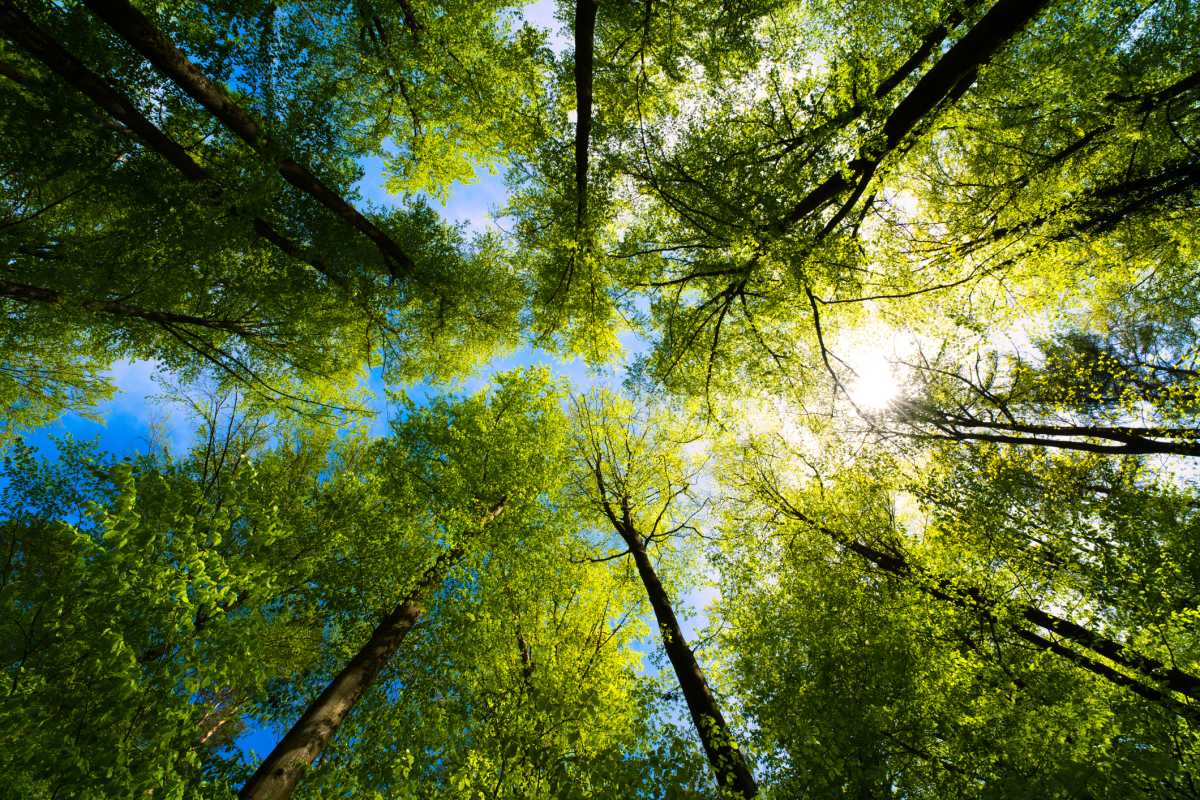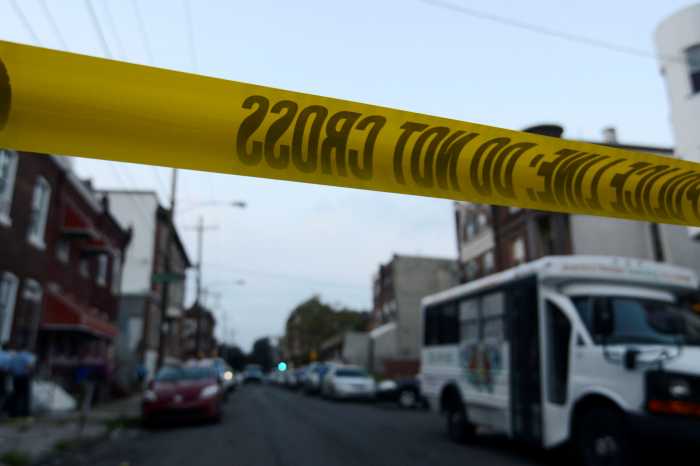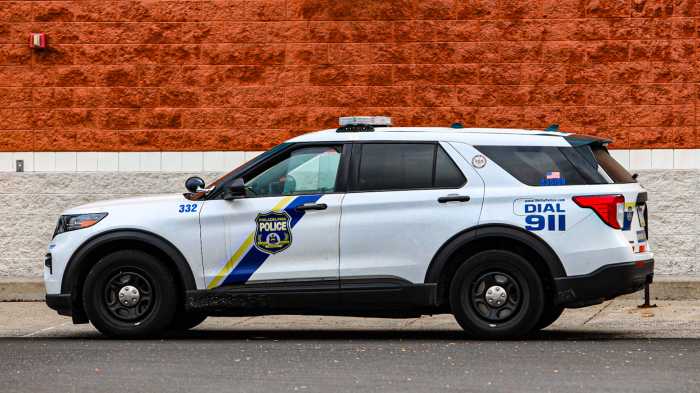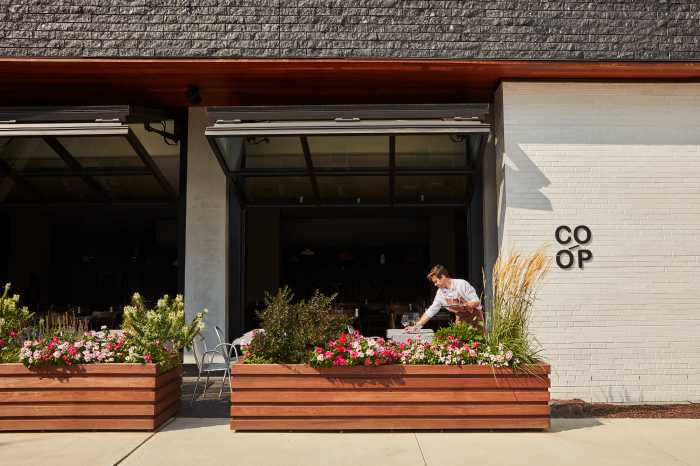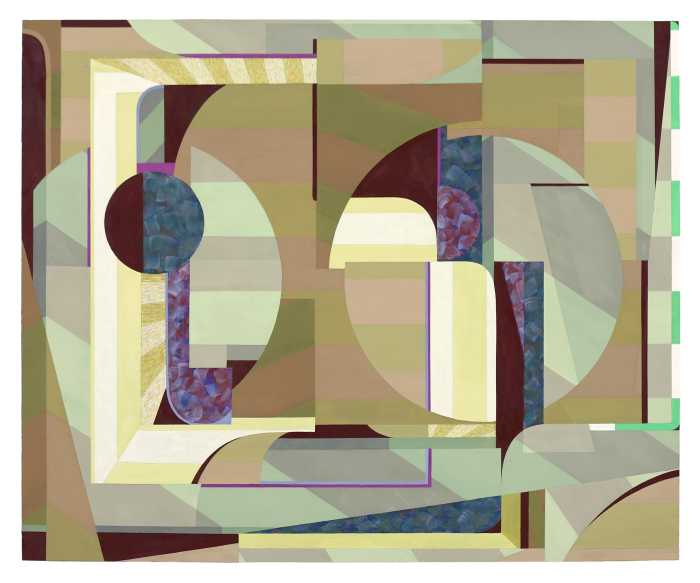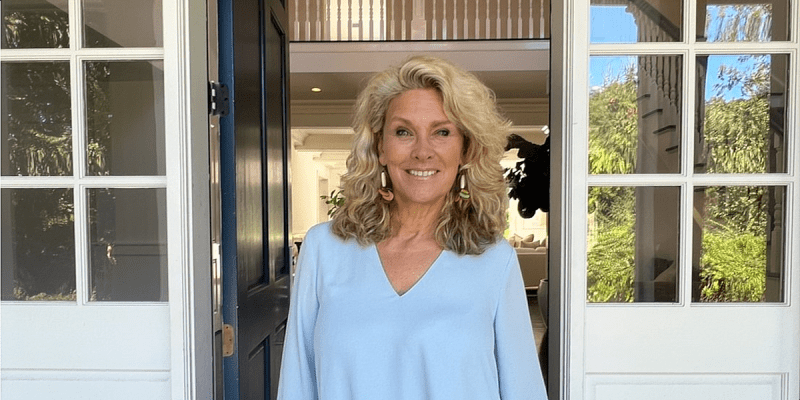If a tree fell in Penn’s Forest — would it make a sound?
The land that we now consider Pennsylvania was approximately 97% covered in forests, even before European colonization. The area around Philadelphia was described as an oak/hickory forest habitat full of maples, beeches, and pines, oak, and of course, hickory trees.
On Wednesday — it was announced that the Trump Administration had lifted nearly $12 million of frozen funding for a tree grant program that started under former Mayor Jim Kenney’s Administration with the goal to increase Philadelphia’s forest coverage over the course of a decade. Mayor Cherelle Parker wishes to plant approximately 15,000 trees in her first term in office.
We may be about to celebrate the 250th anniversary of the signing of the Declaration of Independence, but about 10,000 years ago a sustained timeframe of warming formed the landscape and rivers that we recognize today. The Delaware River was formed even before the last ice age. The Schuylkill River , however, was formed thanks to melting much more recently.
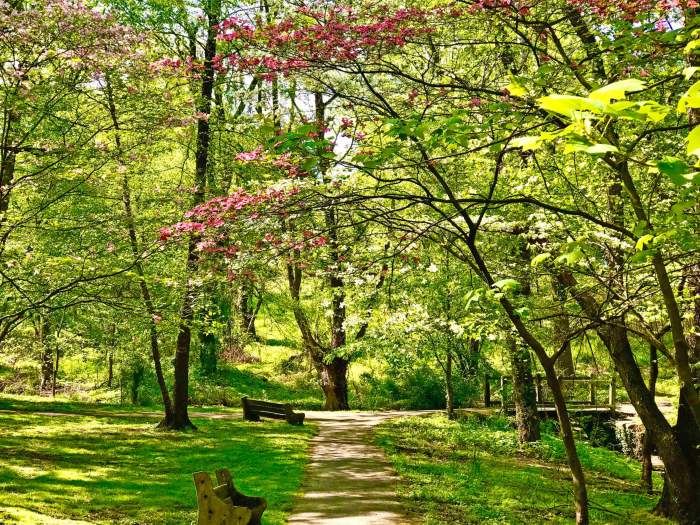
One thing is certain about the Native Americans who settled around the Philadelphia area and called it home for thousands of years — they saw the opportunity of a resource-rich area at the intersection of two rivers thousands of years before William Penn settled on it as the site of Philadelphia in his vast, wooded gift from King Charles II.
The Lenni Lenape had a village that was situated on the western bank of the Delaware River called Shackamaxon not far from present-day Northern Liberties, a settlement in what would be just above present-day Center City Philadelphia called Coaquannock, and near South Philadelphia and that great confluence of rivers — Passyunk.
Today , much of Pennsylvania’s original wooded areas still left around Philadelphia are relegated to Wissahickon Valley Park, Fairmount Park, Benjamin Rush State Park, and Fort Washington State Park.
As Europeans settled the land around Philadelphia , William Penn even encouraged them to plant trees from the areas that they immigrated from. He designed Philadelphia’s five original squares (Franklin, Washington, Center, Logan, and Rittenhouse) with green spaces as a “green country towne.” Penn even named Philadelphia’s cross-streets after trees; Cedar, Pine, Spruce, Walnut, Chestnut, Mulberry, and Sassafras. Sixteen miles north of Philadelphia — at one of the region’s first shopping malls at Plymouth Meeting — whose walls still house the Church on the Mall — has the rings of a tree on display from the time of Benjamin Franklin that been planted in the township in the 1770s.
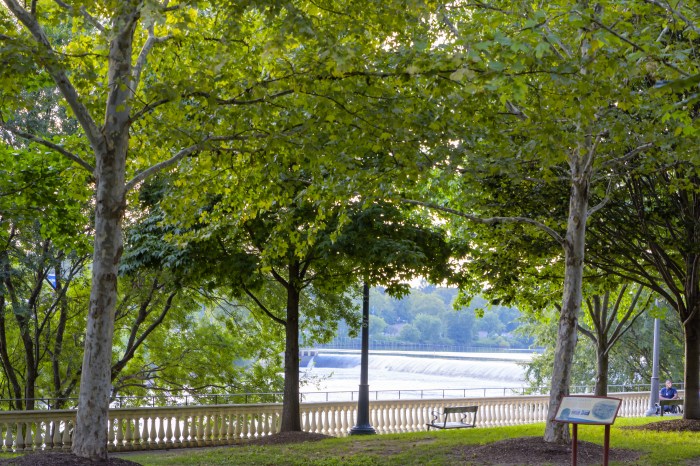
Finally in 1810 — the iconic “Great Elm” that the Lenni Lenape and William Penn utilized as a backdrop for the signing of the Treaty of Shackamaxon was toppled over in a storm. Two hundred years later — Philadelphia planted another descended from that great tree in it’s place.
Because wooded areas aren’t just part of our landscape. They are a part of us.
Michael Thomas Leibrandt is member of the York Road Historical Society and lives and works in Abington Township.
